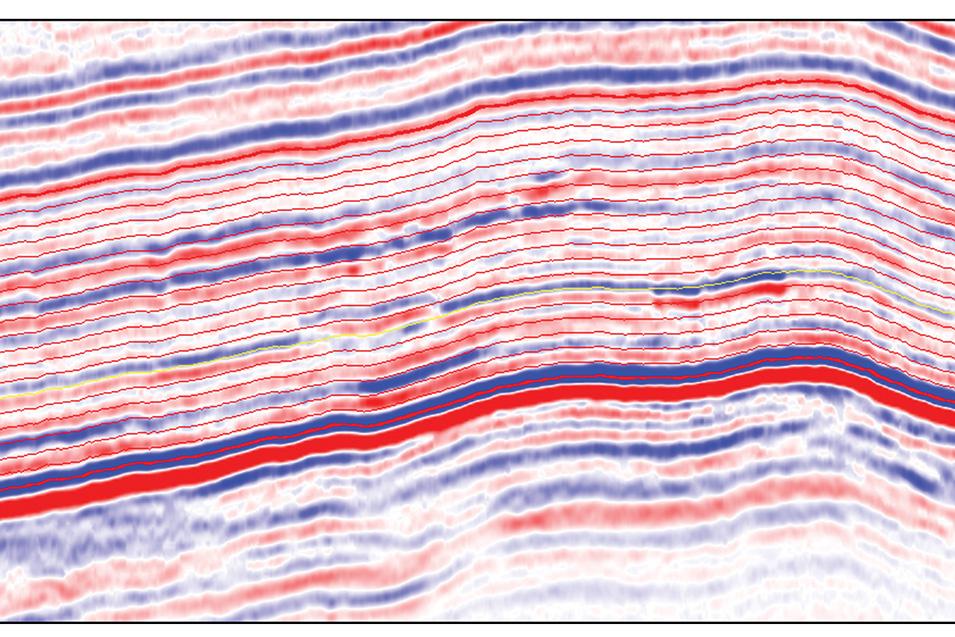Course Overview
This course aims at providing students with an overview of python and its essential libraries, with a focus on its application in the Upstream sector. It covers various exercises from different sub-verticals like Logging, Geology which are designed in a way to keep students focussed on learning.
Topics Covered
- What is Machine Learning
- Creating a Machine Learning Model
- Feature Engineering
- Working with well logs in Python
Course Curriculam
Numpy and Pandas
Image Preprocessing
Supervised Learning
Projects you will build

Artificial Intelligence
Machine Learning in Seismic Interpretation
Supervided Learning, Classification
